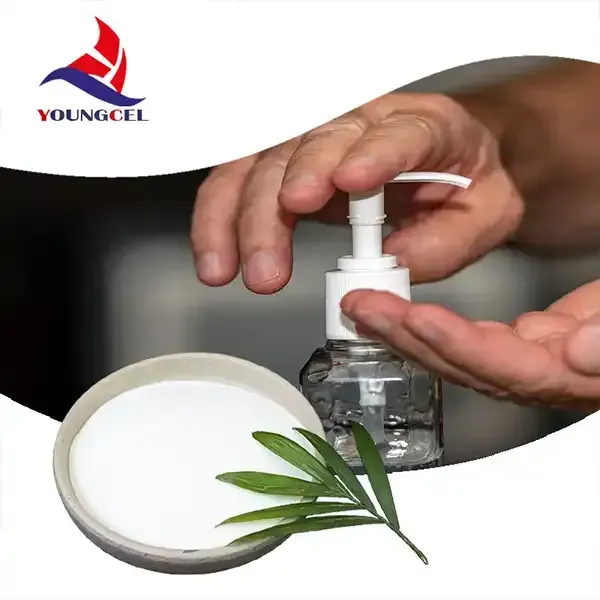Understanding Cellulose Ether HPMC Applications and Properties
Hydroxypropyl methylcellulose (HPMC) is a cellulose ether that has gained significant traction in various industries due to its unique properties. This versatile polymer, derived from natural cellulose, is extensively used in pharmaceuticals, food, construction, and cosmetics, owing to its amphiphilic nature and film-forming abilities.
What is HPMC?
HPMC is synthesized by the modification of cellulose, a natural polymer found in the cell walls of plants. Through chemical processes, including the introduction of hydroxypropyl and methyl groups, HPMC is produced. These modifications enhance the solubility of cellulose in water, allowing HPMC to dissolve in hot or cold water, forming a clear and viscous solution. The degree of substitution and molecular weight of HPMC can vary, which influences its properties and applications.
Key Properties of HPMC
One of the most notable characteristics of HPMC is its thickening and gelling capabilities. When dissolved in water, it increases the viscosity of the solution, making it an ideal thickening agent in various formulations. Additionally, HPMC possesses excellent film-forming properties, which help create barriers in many applications.
HPMC is also hypoallergenic and free from most harmful chemicals, making it suitable for a wide range of uses, especially in the pharmaceutical and cosmetic sectors. Its ability to form a gel at elevated temperatures, known as thermoreversibility, is another attractive feature, allowing for controlled release of active ingredients in drug formulations.
cellulose ether hpmc

Applications in Various Industries
The use of HPMC spans multiple industries. In the pharmaceutical sector, it is often used as a binder and thickener in tablet formulations, improving the consistency and stability of the products. It serves as a controlled-release agent, where it regulates the release of medication over time, enhancing therapeutic efficacy.
In the food industry, HPMC acts as a food additive, thickener, and emulsifier. It is commonly used in gluten-free products to improve texture and moisture retention. With an increasing demand for healthier food options, HPMC serves as an excellent alternative to fat and carbohydrates, providing functional benefits without adding calories.
In construction, HPMC is widely utilized as a polymer additive in cement-based mixtures such as mortar and tile adhesives. It improves the workability and adhesion of these materials while enhancing water retention, which is crucial for achieving optimal curing.
In the cosmetics and personal care industry, HPMC is employed in a variety of formulations, including lotions, creams, and gels. Its thickening and emulsifying properties help stabilize emulsions and improve the texture of products, making them more appealing to consumers.
Conclusion
The versatility of hydroxypropyl methylcellulose (HPMC) is a testament to its broad range of applications across various industries. Its unique properties, such as thickening, gelling, and film-forming abilities, make it an invaluable component in pharmaceuticals, food, construction, and cosmetics. As the demand for natural and hypoallergenic ingredients continues to rise, HPMC remains a popular choice for manufacturers looking to improve the quality and performance of their products. As research continues into the potential of cellulose ethers, we are likely to see even more innovative applications of HPMC in the future.
-
Premium Detergent Grade HPMC Hydroxypropyl Methylcellulose: Superior Thickening & StabilityNewsAug.31,2025
-
HEC 100000 Hydroxyethylcellulose for Paint | Superior ThickeningNewsAug.30,2025
-
Wall Putty Rdp Powder Packaging DesignNewsAug.29,2025
-
Introduction to Hpmc Hydroxypropyl Methyl CellulosNewsAug.29,2025
-
Hpmc Industri Grade IntegrationNewsAug.29,2025
-
How to Choose the Right Construction AdhesiveNewsAug.29,2025




